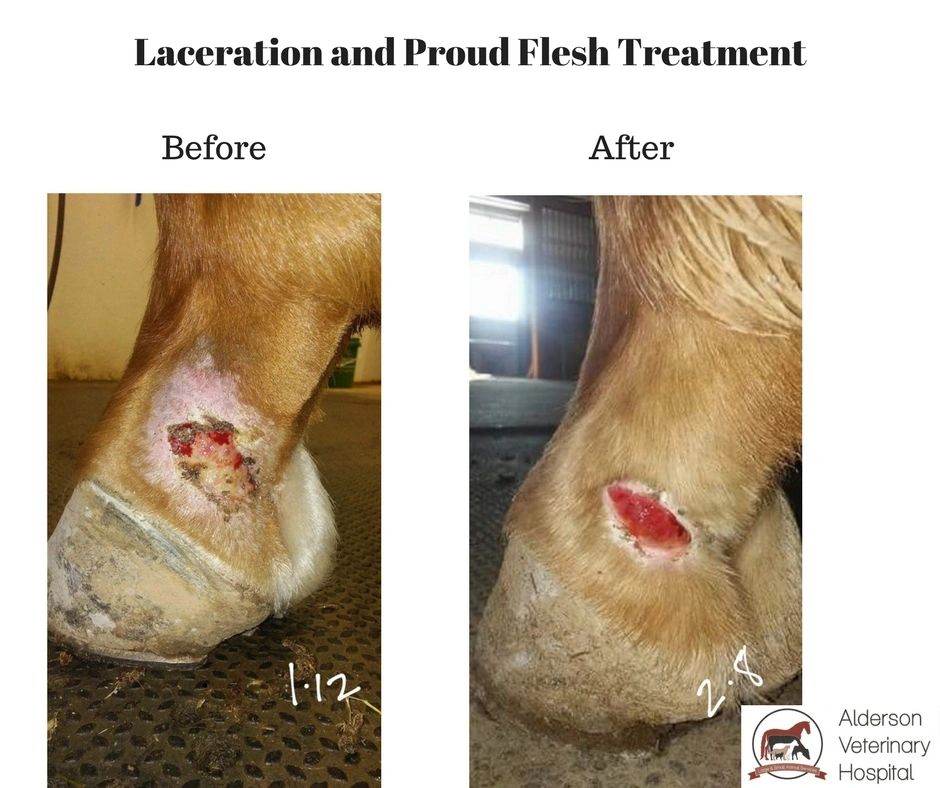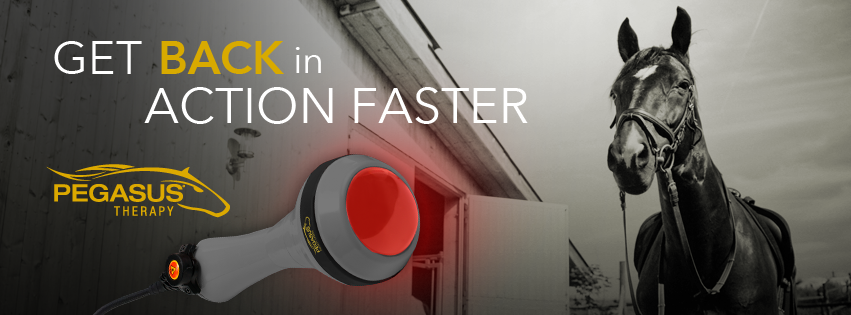Equine Therapy for Kid: Emotional and Behavioral Support Clarified
Equine Therapy for Kid: Emotional and Behavioral Support Clarified
Blog Article
Just How Laser Treatment in Horse Treatment Is Transforming Veterinary Take Care Of Steeds
Laser treatment has arised as a transformative strategy in equine veterinary care, giving a non-invasive remedy that accelerates healing and enhances overall wellness. Leveraging exact light wavelengths, this advanced treatment boosts cellular regrowth, decreases inflammation, and minimizes pain. Its efficacy expands from musculoskeletal injuries to persistent ailments like osteoarthritis, significantly improving wheelchair and life quality for horses. The mobility and versatility of laser treatment tools further emphasize their growing necessity among vets. As we explore the detailed mechanics and real-world successes, the extensive influence on equine clinical practices ends up being increasingly obvious.
Recognizing Laser Therapy

The technology behind laser treatment is grounded in the concept of photochemistry, where photons are soaked up by chromophores within cells, causing enhanced ATP production and inflection of reactive oxygen varieties (Equine Therapy). This, in turn, advertises mobile spreading, lowers swelling, and increases healing. Veterinary professionals use various sorts of lasers, consisting of low-level lasers (LLLT) and high-power Class IV lasers, depending upon the certain healing purposes and the nature of the equine problem being dealt with
Different laser wavelengths and power settings are carefully selected to target various tissue midsts and attain preferred scientific results. Safety protocols are vital, as inappropriate usage can result in thermal damage or suboptimal healing results. Therefore, an extensive understanding of laser treatment's devices and applications is vital for its efficient implementation in equine vet method.
Benefits for Horse Wellness
The myriad advantages of laser therapy for equine wellness encompass boosted healing, discomfort reduction, and boosted movement. This innovative treatment method leverages particular wavelengths of light to pass through tissues, promoting mobile feature and advertising quick cells repair service. The non-invasive nature of laser treatment ensures marginal stress and discomfort for the steed, helping with a smoother recuperation process.
Boosted healing is among the leading benefits, as laser therapy speeds up mobile regeneration and collagen synthesis. This brings about much faster recovery times from injuries and surgical treatments. Discomfort decrease is achieved through the anti-inflammatory impacts of laser treatment, which decreases swelling and decreases the production of pain-inducing chemicals. Therefore, steeds experience significant relief from persistent and sharp pain conditions.
Improved movement is one more important advantage, especially for efficiency and functioning equines. By minimizing swelling and discomfort, and improving tissue repair service, laser treatment aids in recovering joint feature and muscle mass versatility. The advancing impact of these benefits is not only a quicker return to normal task yet additionally a total improvement in the horse's lifestyle. Hence, laser therapy stands as a transformative device in modern-day horse veterinary care.
Typical Conditions Dealt With
Laser therapy has arised as a flexible therapy choice for a variety of typical equine conditions. Additionally, laser treatment is effective for problems like osteoarthritis, where it assists mitigate joint inflammation and advertise tissue fixing.
Wound management is an additional area where laser therapy has actually shown considerable pledge. Chronic wounds or slow-healing abscess can be particularly tough in horses, however laser treatment improves mobile regeneration and boosts blood flow, thus expediting the healing procedure. In addition, laser treatments have actually been effectively used in managing hoof problems such as laminitis and abscesses, minimizing discomfort and advertising faster healing.

Innovation Behind Laser Therapy
Beyond the myriad conditions treatable with laser treatment, the technology itself advantages closer examination. At the heart of laser treatment is making use of specific wavelengths of light to pass through cells and generate biological responses. These wavelengths, usually ranging from 600 to 1000 nanometers, are precisely taken in by chromophores in the skin, muscle, and various other cells, prompting a waterfall of cellular events.
Laser tools utilized in veterinary medication usually make use of low-level laser treatment (LLLT) or cold laser treatment. Unlike high-powered medical lasers, these devices run at reduced power levels, optimizing healing benefits while lessening thermal damage. The power from blog here the laser light promotes adenosine triphosphate (ATP) production, improves cellular metabolism, and increases tissue repair procedures.

Success Stories and Instance Research Studies

Showcasing the tangible benefits of laser therapy, various success stories and study brighten its transformative influence on equine health. One such case includes a pure-blooded racehorse struggling with persistent tendonitis. Traditional treatments yielded minimal improvement, but after incorporating laser treatment into the program, the steed displayed significant reductions in inflammation and discomfort within weeks, inevitably going back to affordable racing.
Another engaging instance features a dressage horse detected with extreme back discomfort, limiting its performance. A vet team used low-level laser original site treatment (LLLT) to target the irritated areas, resulting in marked improvement in adaptability and a noteworthy decrease in pain. Over a number of sessions, the horse reclaimed its peak kind, showcasing the effectiveness of laser therapy in attending to bone and joint concerns.
In addition, a research carried out at a leading equine center taken a look at 50 steeds with different soft cells injuries treated with laser treatment. The results stood out: 85% of the equines demonstrated increased recovery times and enhanced movement. These instances highlight the flexibility and performance of laser treatment in equine medicine, using a non-invasive, scientifically-backed technique to boosting healing and efficiency click for more in equines.
Conclusion
Laser treatment is revolutionizing equine vet care by giving a non-invasive treatment that increases healing, lowers inflammation, and eases pain. With its performance in treating a series of conditions, from bone and joint injuries to persistent conditions like osteo arthritis, this technology significantly improves equine wellness and movement. The transportability and adaptability of laser therapy better emphasize its transformative influence on vet practices, strengthening its duty as a necessary device in modern equine health care.
Report this page